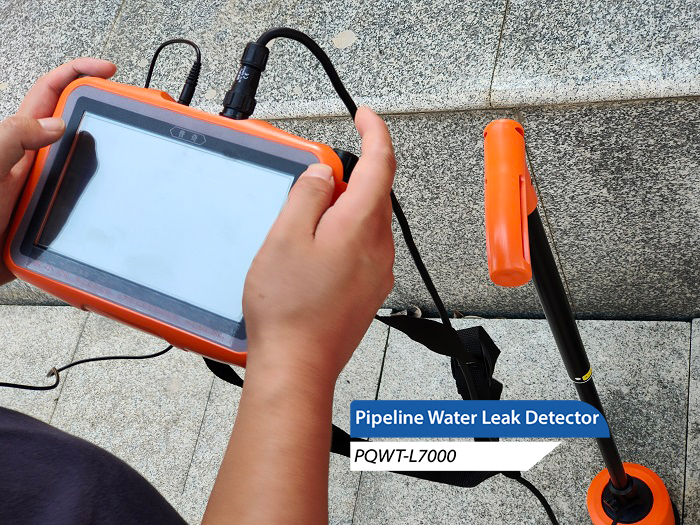In the world of modern infrastructure, it is vital to maintain the integrity and efficiency of heating systems, especially in colder regions where heating system failures can cause significant inconvenience and even health risks. One of the biggest challenges in managing these systems is dealing with leaks in heating pipes. If not detected and repaired in a timely manner, leaks not only waste valuable resources but can also lead to costly damage. This article explores the importance of advanced leak detection technology for heating systems and how it can help ensure a warm and cozy winter.

The Importance of Leak Detection Technology
Leaks in heating systems can occur for a number of reasons, including corrosion, pressure fluctuations or physical damage. Early detection of these leaks is vital to prevent further damage and maintain optimum system performance. Traditional detection methods usually involve shutting down part of the system and physically inspecting it, which is time-consuming and disruptive. Advanced leak detection instruments, on the other hand, offer a more efficient and less intrusive approach.
How heating pipe leak detection instruments work
These instruments typically use one or a combination of several technologies, such as acoustic sensors, thermal imaging, and pressure analysis. For example, acoustic sensors can detect distinctive sound patterns produced by leaking water; thermal imaging cameras can identify areas of unusual heat loss, indicating the possible presence of a leak; and pressure analysis tools can monitor pressure changes within the system to help locate leaks.
Technical Features and Benefits
Accurate Location: With advanced signal processing algorithms, leaks can be pinpointed to minimize unnecessary digging operations.
Non-invasive detection: Most detection equipment can be operated without damaging the ground or building structure, significantly reducing maintenance costs.
Real-time monitoring: Many modern devices support remote monitoring capabilities, allowing for continuous monitoring of system health and immediate alerts when abnormalities are detected.
User-friendly interface: Equipped with an intuitive user interface, operators can easily understand the data and take appropriate action.
Application Case Studies
To illustrate the effectiveness of these instruments, consider a scenario in which a large residential neighborhood frequently experiences problems with its heating system during the winter months. By deploying state-of-the-art leak detection equipment, the maintenance team was able to quickly locate and repair multiple small leaks, resulting in significant cost savings and improved system reliability. As a result, residents receive consistent heating service and the property management department reduces energy consumption and complaints.
Leak detection instruments specifically designed for heating systems represent an important advancement in the maintenance and operation of these critical infrastructures. Not only do these tools save time and resources, they also help the environment and reduce unnecessary waste of water and energy. As technology continues to advance, we can expect even more sophisticated solutions to further improve our ability to manage and maintain our heating systems.
Through the use of such instruments, operators and managers of heating systems can ensure that their facilities are operating efficiently and safely, providing a more comfortable living environment for their customers.








